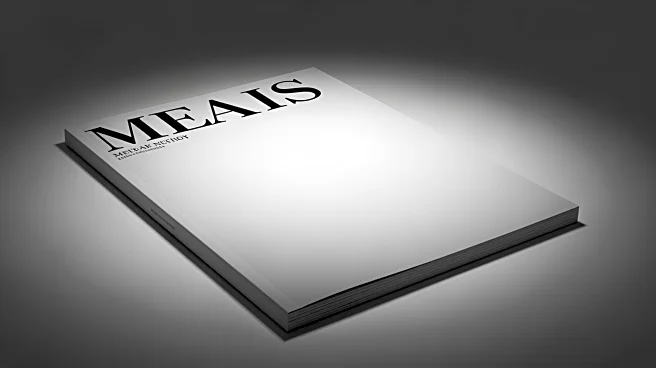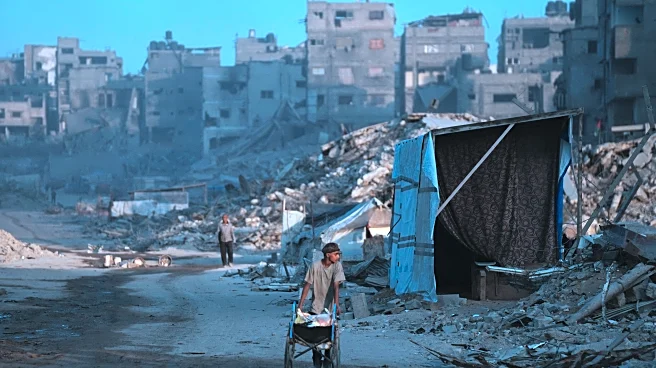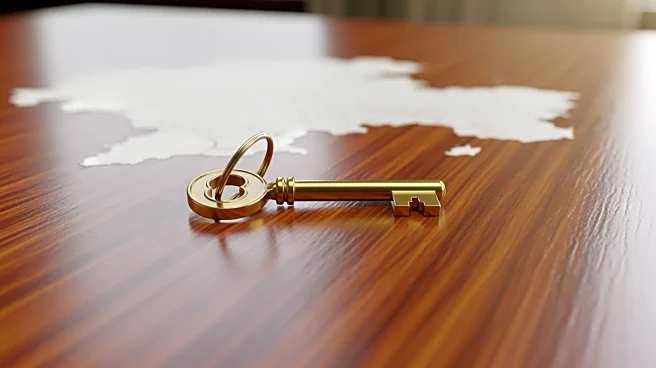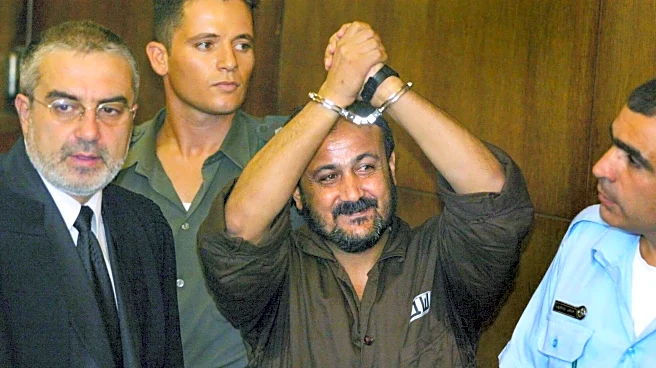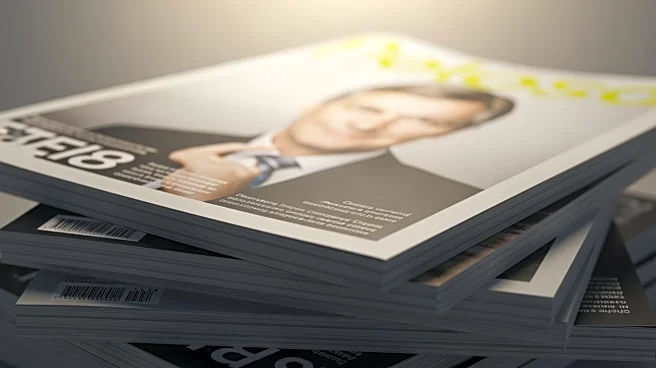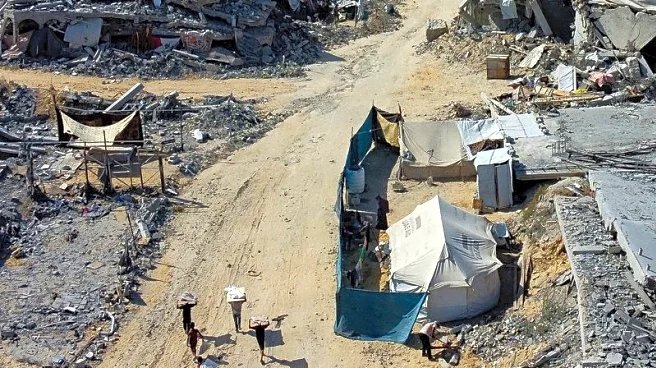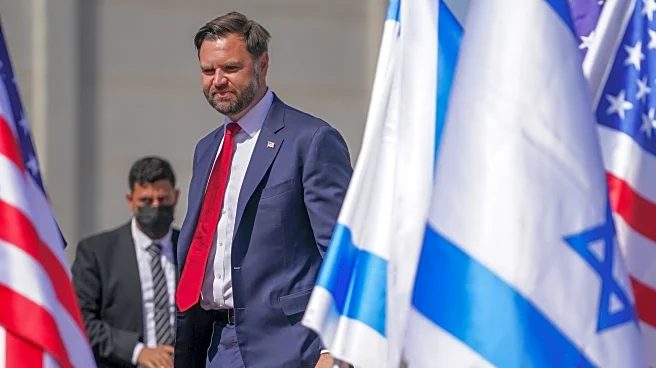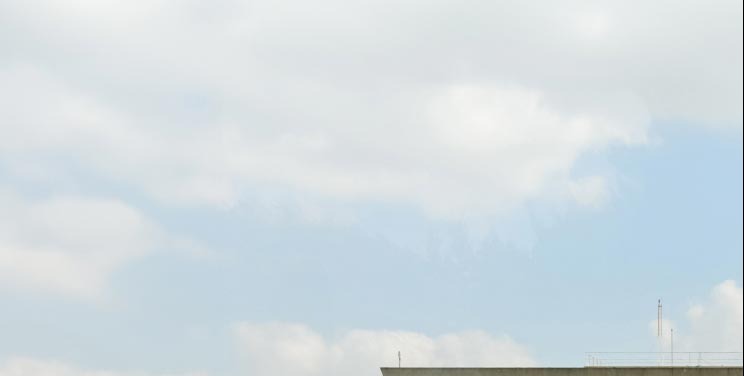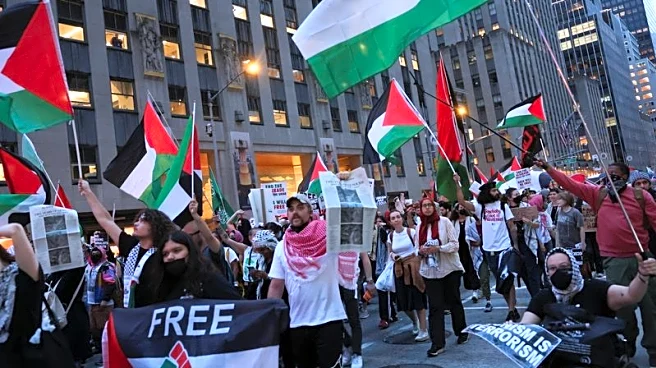What's Happening?
President Trump has publicly criticized Time magazine for using what he described as the 'worst photo of all time' on its cover. The cover story praised his efforts in securing the release of Israeli hostages from Gaza, yet Trump took issue with the photo,
claiming it was deliberately unflattering. He expressed dissatisfaction with the image, noting that it altered his appearance and suggested the magazine's choice was intentional. The cover followed the release of hostages after a cease-fire deal between Israel and Hamas, which Trump played a role in facilitating.
Why It's Important?
The criticism from President Trump highlights the ongoing tension between media representation and political figures. It underscores the sensitivity of public image in political discourse, where visual portrayal can influence public perception. Trump's reaction may resonate with his supporters, reinforcing narratives of media bias against him. The situation also reflects broader challenges in media relations, where the portrayal of political achievements can be overshadowed by disputes over presentation. This incident may impact how media outlets approach coverage of political figures, balancing editorial choices with potential backlash.
Beyond the Headlines
The incident raises questions about the role of media in shaping political narratives and the ethical considerations in selecting images for publication. It highlights the power of visual media in influencing public opinion and the potential for disputes over representation to overshadow substantive political achievements. The situation may prompt discussions on media ethics and the responsibilities of publications in portraying public figures fairly.
